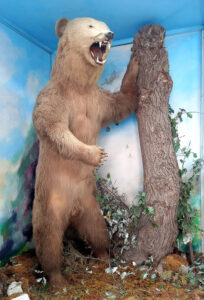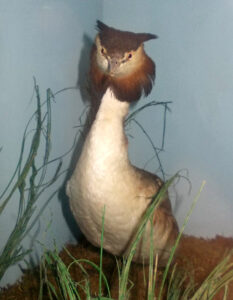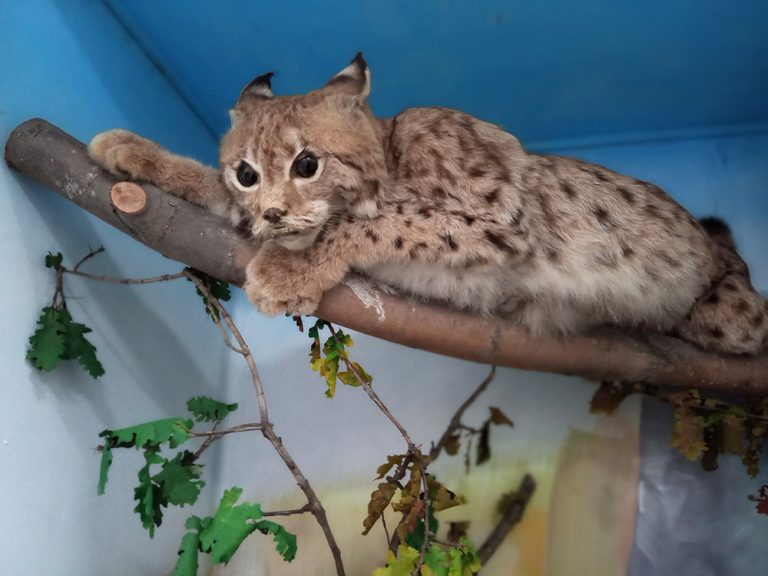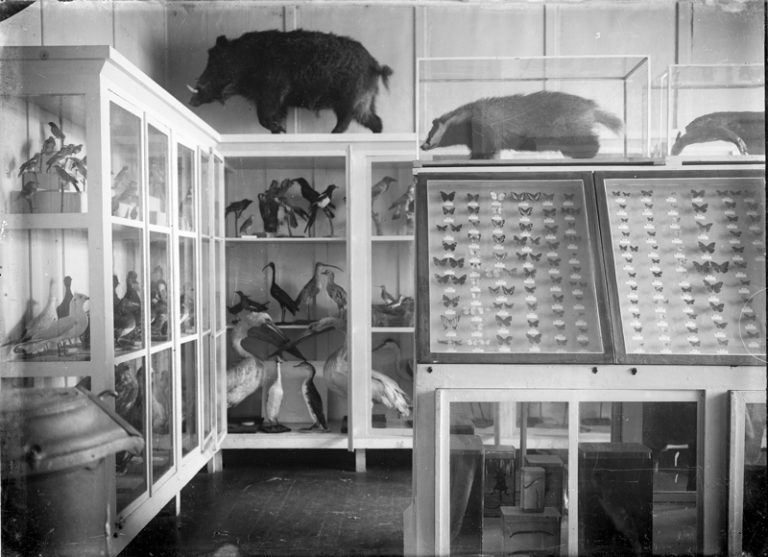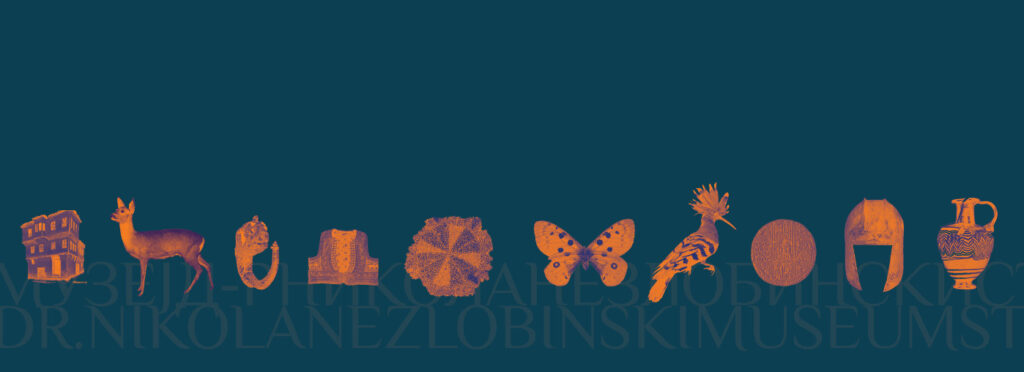The permanent natural science museum collection displayed in the museum is significant and distinctive because all the specimens originate from Struga and its surroundings, Lake Ohrid, the marsh, the plains, and the surrounding mountains, making the museum itself specialized in a specific region. The exhibition is rich in museum material that holds invaluable importance for science. Various types of insects, amphibians and reptiles, and fish living in Lake Ohrid are presented, as well as a large number of different birds and mammals characteristic of our region, representatives from all animal groups, and some botanical material. The exhibition presents specimens from all animal categories evolutionarily, from the most primitive forms to mammals.
The Biology Department at the Natural Science Museum “Dr. Nikola Nezlobinski” has existed since the founding of the museum. Initially, there was only a zoological and taxidermy department with prepared insects and animals that Dr. Nikola Nezlobinski prepared together with his collaborators. His first museum collection, as a permanent museum exhibit, was displayed back in 1928 in one of the barracks of the malaria station where he worked. With this, he founded the Natural Science Museum in Struga and laid the foundations of museum activity in Macedonia. Later, in 1938, a museum building was constructed on Dr. Nezlobinski’s initiative, where the permanent Natural Science museum exhibition is displayed.
Over time, a Botany Department was also formed in the museum for researching, collecting, herbarium preparation, and professional processing of plants characteristic of our region.
The permanent Natural Science exhibition displayed in the museum is rich in museum material on flora and fauna, which holds invaluable significance for science. A main characteristic of this exhibition is that all specimens, with the exception of the bear, originate from Struga and its surroundings, Lake Ohrid, the marsh, and the surrounding mountains, making the museum itself specialized in a specific region. Birds dominate the collection (songbirds, waterfowl, marsh birds, birds of prey), followed by representatives of mammals, reptiles, and amphibians, and the fish from Lake Ohrid are also an indispensable part. This exhibition also preserves the insect collection personally gathered by Dr. Nezlobinski, as well as part of his scientific work on tapeworms in certain animals.
The curators of the Biology Department, through their field research, supplement this collection with necessary specimens of flora and fauna, while the collected material is professionally processed, both zoologically and botanically, within the museum premises.
